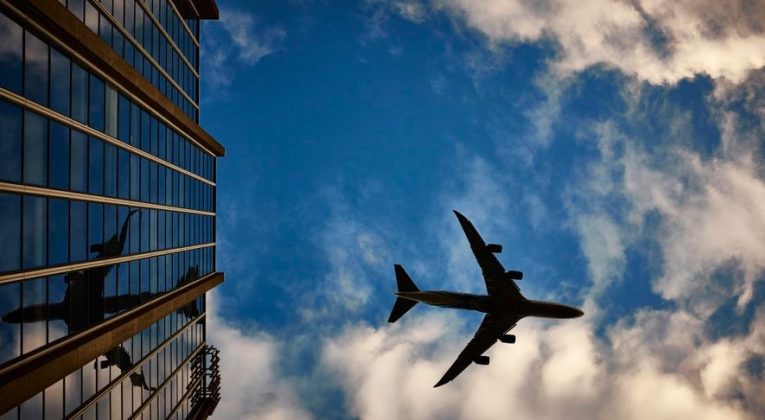The Joy of Reduced Expectations
Almost all of the airlines and lodging companies have reported their results for the second quarter, and the trend shows an interesting change from the first quarter.
At the end of the first calendar quarter, the world of travel stocks was bifurcated between the good and the bad, with the lodging (hotel) stocks in the former category and the airlines in the latter. Hotel rates had held in nicely, generating a significant profit for the parent companies. Managements predicted continued growth for the rest of the year. On the other hand, airline industry RASM (revenue per available seat mile; it measures how many cents an airline generates to fly one seat one mile) slipped significantly on the back of fare wars. Profits were still good, but the second derivative was moving in the wrong direction.
The second quarter also saw a division between the two groups, but it reversed. Legacy carriers announced a bottoming of RASM and capacity cuts for the second half of the year, while hotel managements guided down RevPAR (revenue per available room; the hotel equivalent of RASM) for the remainder of the year. How could something so good have gone so mediocre?
Stocks can be driven by two macro factors: The market’s expectations for financial results and the actual results themselves. The second quarter’s predictions simply switch pessimism for optimism (and vice versa).
Airline Results

Coming into the quarter, few people had any hopes for the airline stocks. Competition and rising oil prices combined to drive the carriers’ stock prices down up to 40% from their peaks earlier this year.* Pessimism ran the group. So it was a pleasant surprise when they talked about a reversal in the supply-demand dynamics. The majors all cut 1% or more capacity growth for the second half of the year. That may not sound like a lot, but it is those marginal seats that determine whether a route is profitable, and United, American and Delta together account for almost 60% of domestic seat miles.
In addition, the revenue environment seems to be getting better. Spirit reduced growth in some of the major markets and new CEO Bob Fornaro indicated that the ULCC (ultra-low cost carrier) would concentrate on backfilling underserved markets (Akron, anyone?). The majors all breathed a sigh of relief. American also noted that Latin America seemed to have bottomed and the rest of their routes were holding in. Its stock was up over 4% on the day it reported and is up approximately 40% (as of today) since the Brexit bottom.
But the market was unforgiving if you did not meet expectations. When Southwest failed to do so, its stock was punished by almost 10%.
Does this mean that you will be paying higher fares going forward? For now, the answer remains no. Revenue predictions were so low that even negative growth proved to be good enough (Less bad is the new good.).
Hotels

It works the other way, also. Confident of second-half bookings, the hotels generally confirmed their guidance at the end of last quarter. And then it slowed. Reservations weren’t converting, occupancy slipped a bit and the conference/convention business that had seemed so certain just three months ago, wasn’t. Nobody escaped unscathed, with lodgers guiding down RevPAR growth, EBITDA (a cash flow surrogate) and/or other metrics.
To be fair, the stocks didn’t get crushed. Most were nicked by a couple of percent. Again, the culprit was expectations. RevPAR reductions may only have been a percent but, unlike the airlines, whose metrics were getting less bad, the lodging companies were less good. The irony, of course, is that RevPAR is still positive. RASM is still negative. But adjustments are going in different directions.
*Nothing in this piece represents an offer or recommendation to buy any stocks. Investing in airline stocks may be hazardous to your wealth. Lodging stocks, too.
Cover Photo Source: Creative Commons



